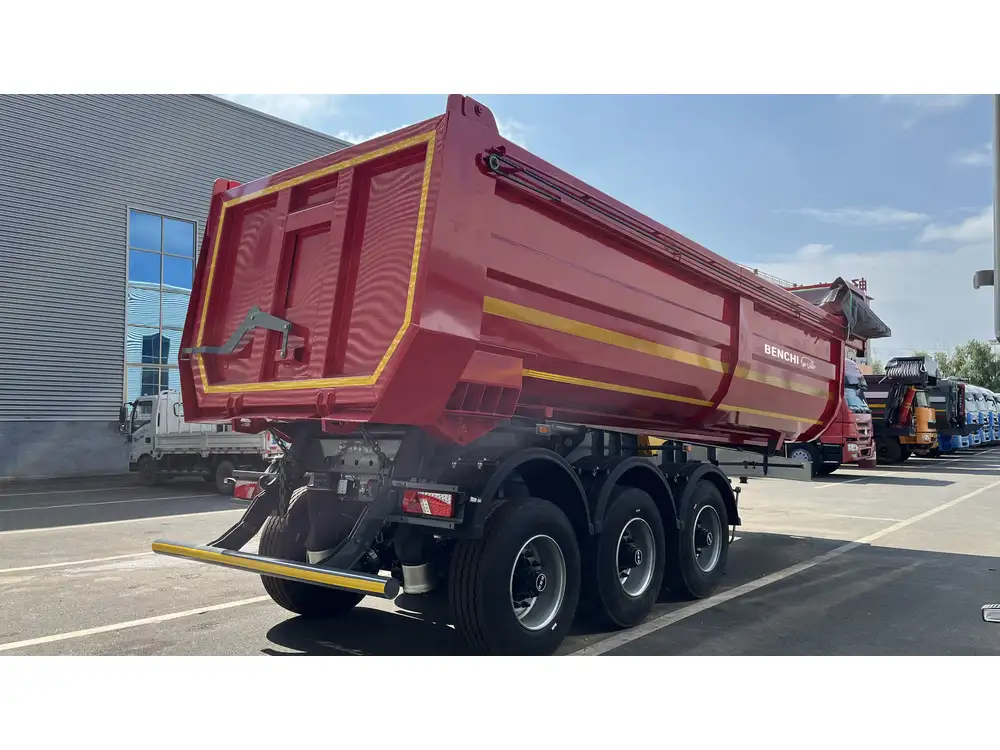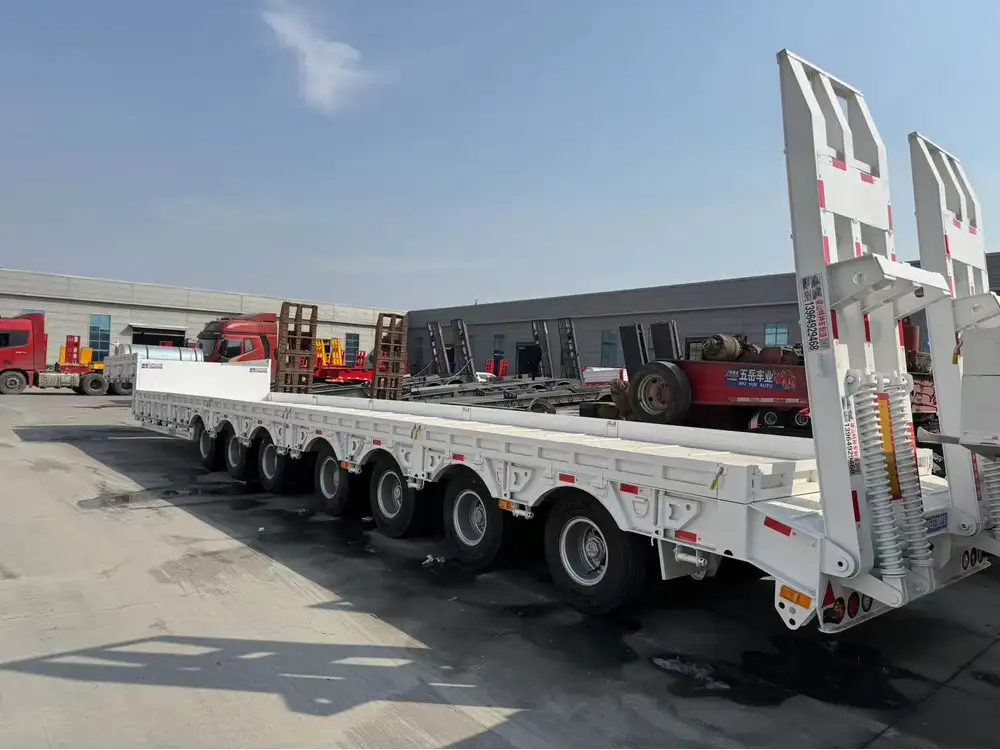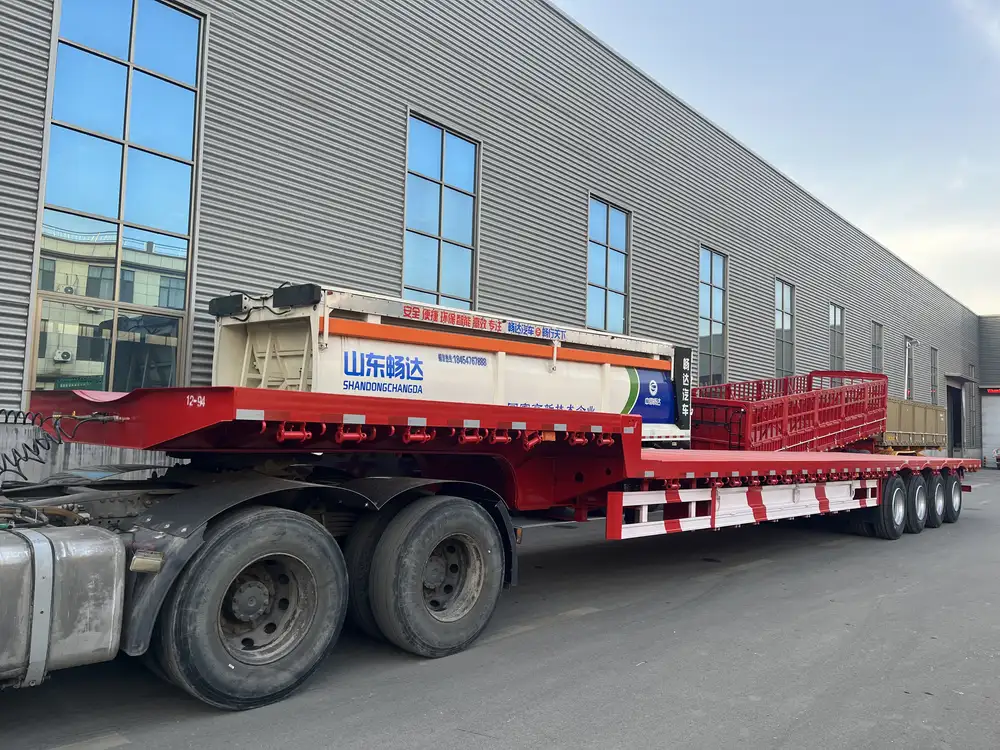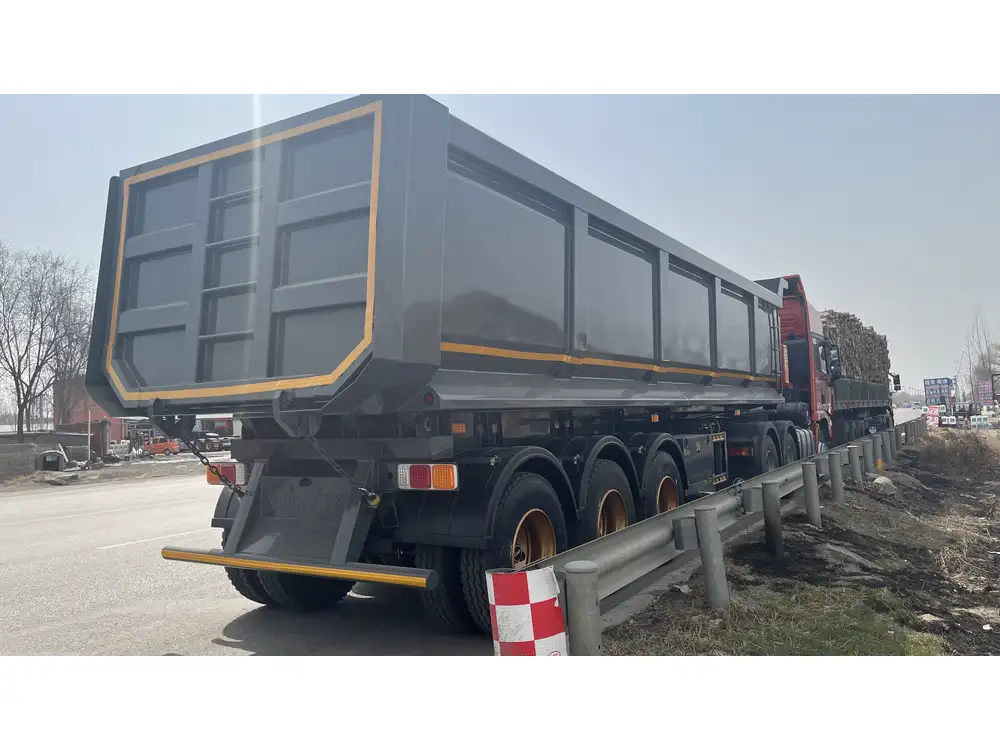The transportation industry is undeniably a labyrinth of responsibilities, regulations, and costs. Among the many components that influence your operational efficiency and overhead, one crucial element often overlooked is the semi-trailer door. Whether you’re replacing a damaged door or upgrading to a more advanced model, understanding the cost implications is essential. In this guide, we will delve into the factors influencing the cost of a new semi-trailer door, enabling you to make an informed decision and optimize your budget.
1. Types of Semi-Trailer Doors
Before we venture into cost specifics, it’s vital to comprehend the different types of semi-trailer doors available in the market. Each type varies not only in functionality but also in pricing. Here’s a breakdown:
| Door Type | Description | Average Cost Range |
|---|---|---|
| Swing Doors | Traditional doors that swing open from the center. | $1,500 – $2,500 |
| Roll-Up Doors | Made from metal slats that roll up vertically. | $1,800 – $3,200 |
| Lift Gate Doors | Hydraulic doors that raise to provide loading access. | $2,500 – $5,000 |
| Barn Doors | Double doors that open outwards; often used for easy loading access. | $1,800 – $3,000 |
| Thermal Doors | Insulated doors designed for temperature-sensitive cargo. | $2,000 – $4,000 |
| Custom Doors | Tailored designs based on specific requirements. | $3,000 – $10,000+ |
These options present various functions and benefits, allowing users to select what best fits operational requirements.
2. Cost Factors: What Influences Semi-Trailer Door Pricing?
The quoted costs for semi-trailer doors are influenced by several variables. Understanding these factors allows for more accurate budgeting and expectations.

2.1 Material Quality and Type
The material from which a door is constructed significantly impacts its price. Common materials include:
- Aluminum: Lightweight, corrosion-resistant, but relatively more expensive.
- Steel: Durable and robust, but heavier and prone to rust without proper treatment.
- Composite Materials: Increasingly popular due to their lightweight and insulation properties.
The choice of material can lead to disparities in costs ranging from hundreds to thousands of dollars.
2.2 Size and Configuration
Doors come in various sizes and configurations, particularly tailored to trailer types. Standard-size doors are generally more affordable, while custom dimensions or configurations can inflate costs significantly. Dimensions that deviate from the norm might require specialized manufacturing, which leads to additional charges.
2.3 Manufacturer Reputation
The manufacturer’s reputation plays a crucial role in pricing. Established brands with a strong track record of quality and reliability may charge a premium. Conversely, lesser-known brands may offer lower prices but at the risk of durability and performance.

2.4 Installation Costs
Installation costs should not be overlooked. Depending on the complexity of the installation, labor can add an extra $200 to $800 to your overall expenditure. DIY installations can save costs but may lack professional quality.
2.5 Additional Features and Customization
Options such as locking mechanisms, insulation, and weather seals can add to the base price. When considering these features, it is essential to weigh the benefits against the additional costs incurred.
3. Comparing Costs: New vs. Used Semi-Trailer Doors
For cost-conscious operators, contemplating new versus used doors can be a significant decision. Here’s how they compare:
| Aspect | New Doors | Used Doors |
|---|---|---|
| Price Range | $1,500 – $10,000+ | $500 – $2,500 |
| Warranty Options | Typically includes warranty | Limited to no warranty |
| Condition & Reliability | Brand new, high reliability | Dependent on prior use |
| Customization Potential | Fully customizable | Usually standard sizes only |
| Delivery Time | Quick, depending on stock | May have longer wait times |
While new doors come with a price tag, the assurance of quality and customization can make them an attractive investment. Used doors offer savings but may come with hidden costs related to repairs or replacements down the line.

4. The Importance of Regular Maintenance
Maintaining the functionality of your semi-trailer door is paramount. Regular maintenance not only prolongs the life of your investment but can avert costly replacements. Here are some maintenance tips:
4.1 Visual Inspections
Routine check-ups for wear and tear, dents, or rust can help identify potential issues early. Focus on hinges, locking mechanisms, and seals.
4.2 Lubrication
Keeping moving parts lubricated ensures smooth operation and reduces wear. Apply lubricant to hinges, rollers, and tracks regularly.

4.3 Weatherproofing
Ensure seals are intact to prevent moisture ingress, aiding in insulation and protecting cargo integrity.
4.4 Professional Servicing
Engaging a professional for periodic assessments can uncover issues not immediately visible. This proactive approach can save costs in the long run.
5. Budgeting for a New Semi-Trailer Door
Having discussed the specifics, let’s talk about budgeting for your new semi-trailer door. Setting a budget informed by the knowledge of types, costs, and factors can streamline the purchasing process.

5.1 Creating a Budget Breakdown
| Category | Suggested Budget Allocation |
|---|---|
| Door Purchase | 60% |
| Installation Costs | 20% |
| Maintenance Fund | 10% |
| Unexpected Repairs/Costs | 10% |
Setting aside funds for unexpected costs ensures financial stability and prepares you for any unforeseen circumstances related to your door’s functioning.
5.2 Financing Options
In some cases, financing might be an appealing alternative. Many manufacturers offer flexible payment plans or leasing options, allowing for manageable investment without draining cash flow.
6. Frequently Asked Questions
Gathering insights from potential buyers can reveal common misconceptions. Here are some frequently asked questions about semi-trailer doors and their costs.

6.1 How often should I replace my semi-trailer door?
The lifespan of a semi-trailer door can range from 10 to 15 years, depending on usage and maintenance. Regular inspections may reveal the need for earlier replacement.
6.2 What warranties are typically offered with new doors?
Most manufacturers provide warranties ranging from one year to several years. It’s essential to read the fine print, as warranties may cover limited aspects of the door.
6.3 Can I install a semi-trailer door myself?
While DIY installations are possible, they often require technical expertise. For those lacking experience, hiring a professional may be the best route.

6.4 What are the signs I need to replace my door?
Visible wear, difficulty in opening or closing, or failure of locking mechanisms are clear indicators that replacement might be necessary.
7. Conclusion: Invest Wisely in Your Semi-Trailer Infrastructure
Investing in a new semi-trailer door is not a trivial decision; it carries implications for your operational efficiency and the safety of your cargo. By understanding the complexities of costs, maintenance, and the value of choosing the right door type, you place yourself in a better position to make an informed decision. Taking the time to evaluate options and considering a holistic budget will not only protect your initial investment but also ensure the longevity and functionality of your semi-trailer infrastructure.
In a landscape where every decision counts, making the right choice regarding your semi-trailer door can be the difference between profits and losses. Keep informed, ask the right questions, and choose wisely—your business will thank you.



